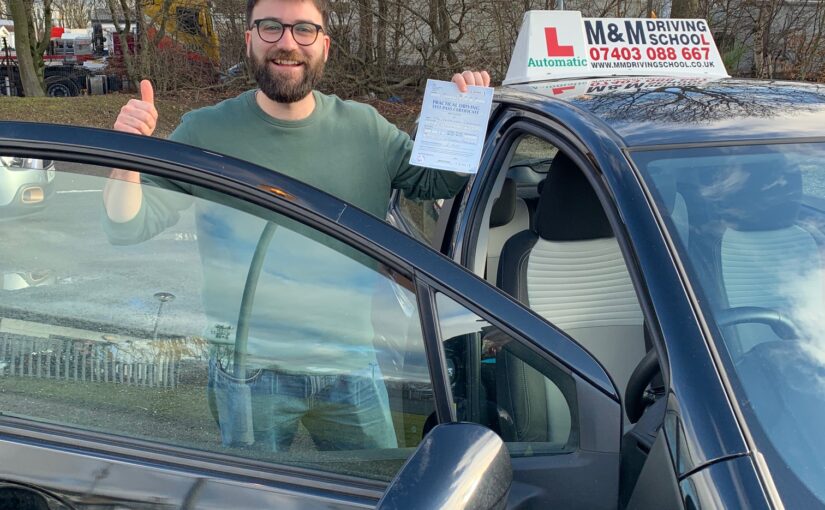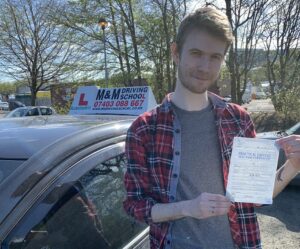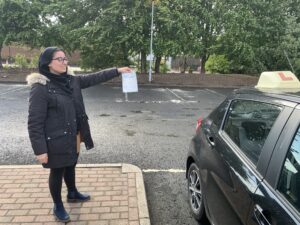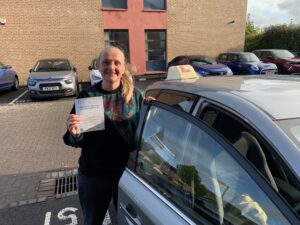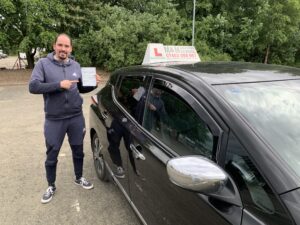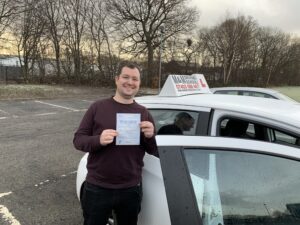Driving without an instructor can feel both liberating and nerve-wracking at the same time. For many, it’s an exciting moment of freedom,
but it can also come with a bit of anxiety, especially if it’s one of your first solo drives.
If you’re feeling confident and prepared, it can be a great experience where you get to control the car and decide your route.
It feels like you’re in charge, and that can be empowering. On the other hand, if you’re still getting used to certain aspects of driving,
like navigation, adjusting mirrors,
https://mmdrivingschools.co.uk/intensive-non-intensive-driving-lessons/
or managing speed in different situations, there might be a sense of uncertainty.

Some drivers describe a sense of relief once they settle into the rhythm of it and realize they can handle it on their own.
The key is to stay calm, focus on the road, and trust your training. How did you feel the first time you drove solo?

